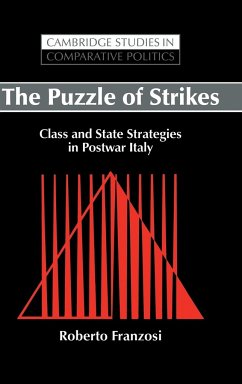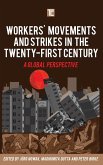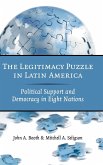This book presents, through an extensive and novel inductive approach, an analysis of the temporal dynamics of postwar Italian strikes in the industrial sector. The author begins by highlighting a set of characteristics in the strike data that call for explanation: the pieces of the puzzle. Then, chapter by chapter, the author uses a broad range of available strike theories - business cycle, economic, hardship, resource mobilization, bargaining structure, political exchange, and Marxist - as clues to assemble the puzzle. The study has the organizational structure of a mystery story, with its sequence of false steps, pat solutions, and unexpected twists and turns. This is characterized in the final chapter of the book, when the causal argument is completely reversed. The book is also novel in its combined use of statistical, historical, ethnographic, and survey material, as well as its view of strikes as the strategic interaction between organized interests. It focuses as much on employers' and state actions as on workers' actions. The book's aim is not merely descriptive, nor does it seek simply to test the explanatory power of existing strike theories. Rather, its goal is more ambitious: to disentangle the causal structure in the historical interaction among the social processes in the economic, institutional, and political arenas.
Hinweis: Dieser Artikel kann nur an eine deutsche Lieferadresse ausgeliefert werden.
Hinweis: Dieser Artikel kann nur an eine deutsche Lieferadresse ausgeliefert werden.








